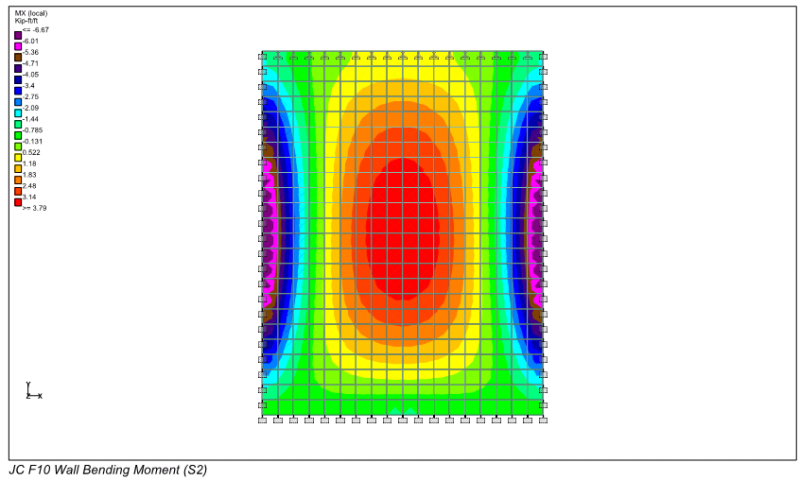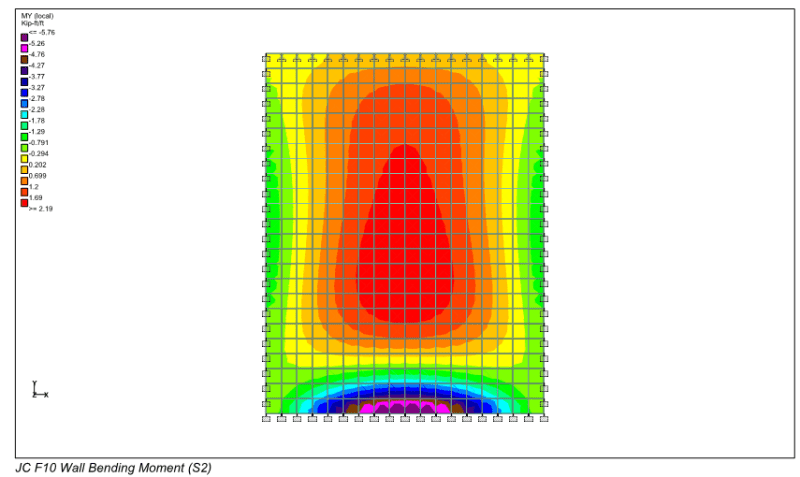Kinetic Savant
Civil/Environmental
I am trying to design a RC square manhole that is 4 m high and 1.8 m wide. I modelled the square 'tank' like manhole in SAP2000 and found the absolute maximum moment to be about 1.1 kN-m. However, when I used the formula for a fixed wall with one free edge from "Roark's formulas for stress and strain" or the same formula from Moody's "Moments and Reactions for Rectangular Plates" I get the maximum moment to be about 13 or 14 kN-m. Am I be modelling it wrong or is this big difference typical? If typical then why?
Thank you in advance.
Best Regards.
Thank you in advance.
Best Regards.


